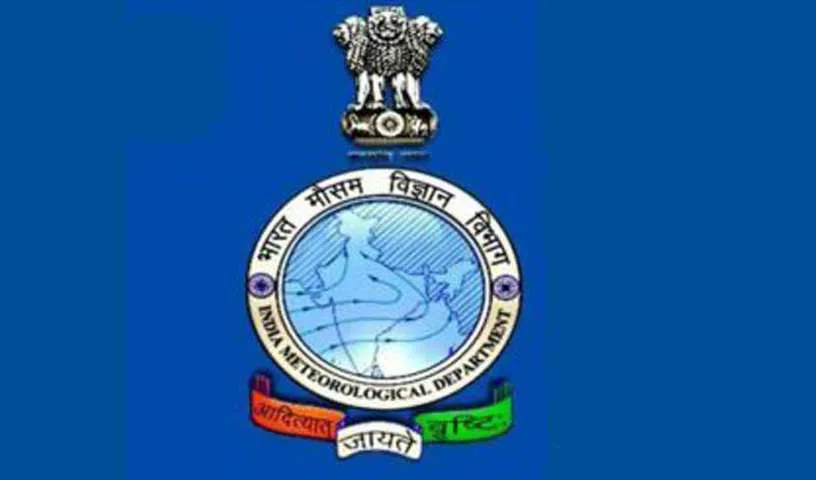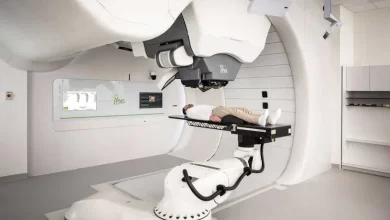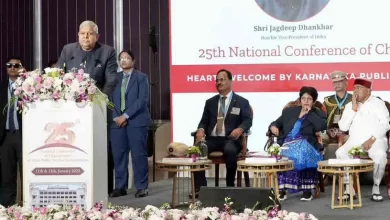
The Department to move to ensemble prediction system with a horizontal resolution of 6 km, an improvement over the current resolution of 12 km
New Delhi: The India Meteorological Department (IMD) is looking to access data from CubeSats, crowdsourcing, and Internet of Things devices besides conventional weather satellites to improve it forecast accuracy, a former official said.
The IMD has also sent a dedicated meteorological satellite in orbit and installed a new high power computing system (HPCS) last year that would allow it to issue more accurate forecasts. “IMD will soon move to an ensemble prediction system with a horizontal resolution of 6 km, which is an improvement over the current resolution of 12 km,” Madhavan Rajeevan, Ministry of Earth Sciences’ former secretary, said in article penned on the occasion of the 150th Foundation Day of IMD.
“The improvement of observation networks incorporating state-of-the-art technologies such as crowdsourcing, CubeSats, IoT devices and unmanned platforms will significantly improve data quality and forecast efficiency,” he said. Rajeevan said the IMD was also setting up separate research testbeds in Bhopal and Mumbai to deepen the understanding of monsoon dynamics and cloud physics.
“As user expectations continue to grow, the IMD must continuously innovate and proactively address these demands,” he said. The IMD has access to weather observations from over 6,000 surface observatories in addition to data from weather balloons, satellites, a network of radars which feed information to prediction models.
“By embracing cutting-edge technologies and continually improving forecasting systems, IMD can sustain its legacy as a global leader in weather and climate services and helping India navigate the challenges of climate Change,” Rajeevan said.
In a separate article, leading meteorologist U C Mohanty said under the aegis of Ministry of Earth Sciences, significant scientific and technological advancements have been achieved across various domains of Earth system sciences, encompassing the atmosphere, hydrosphere, lithosphere, cryosphere, biosphere, and their intricate interactions.
The advances in computational resources allowed the use of advanced deterministic chemical transport models, leading to more accurate air quality forecast, replacing the previous empirical and statistical approach which has some limitations and misses to adequately represent the physical and chemical processes of pollutants.







